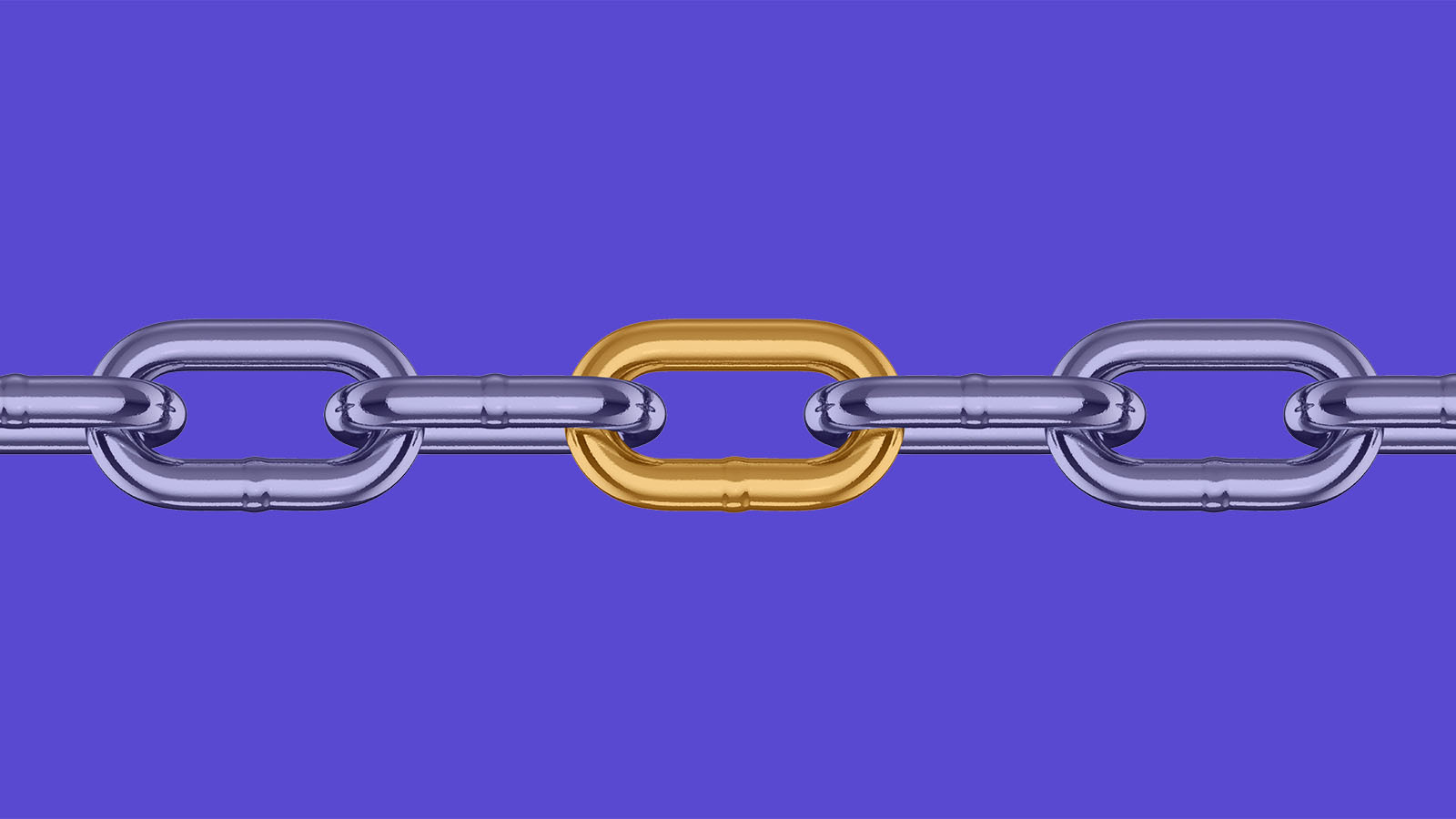The skills gap is real. Here’s what to do about it

The skills gap is real – and it’s growing. Nearly nine in 10 executives and managers say their organization is either facing a skills gap or is expecting to within the next five years. And by 2030, talent shortages in the U.S. alone are expected to result in $162 billion in unrealized revenue.
Learning and development leaders are finding ways to help their organizations navigate this new normal – like upskilling and reskilling, training recruiters, and more.
The skills gap: explained
Training Industry defines a skills gap as a gap between the skills an employee has and the skills they need to perform a job. In terms of the broader workforce, a skills gap is created when organizations struggle to find talent to meet their needs.
Many people assume the skills gaps organizations face today are primarily a lack of technical or hard skills such as coding, but there are also major gaps in soft skills like leadership. In fact, nearly three in four employers say they have a hard time finding college graduates with the soft skills they need. This is an alarming statistic, as 91% of talent acquisition professionals think soft skills will be very important in the future.
Some of the biggest anticipated skills gaps over the next few years are:
- Advanced data-analysis and mathematical skills
- Complex information processing and interpretation
- Advanced IT skills and programming
- Leadership and managing others
- Critical thinking and decision making
- Adaptability and continuous learning
A number of factors have contributed to the skills gaps organizations are dealing with today. One factor is rapid technological evolution which has led to easily-automated skills being taken over by machines or artificial intelligence. “Mid-skill jobs” which require training but little education – roles such as waiters and receptionists – are the most likely to be replaced by computers.
At the same time, these advancements in technology are driving the need for workers to develop the skills they do best – those uniquely human skills that code and circuitry can’t replace, like critical thinking and empathy.

Another major factor driving change has been the COVID-19 pandemic. Many companies have had to reinvent their entire business models just to survive, and many workers are now reevaluating their employment post-pandemic.
Conducting a skills gap analysis
Now that we know how we got here, what do we do about it? L&D leaders can play a key role in closing skills gaps. But in order to effectively address them, they must first understand exactly which gaps exist within their organization. Here are a few steps for conducting a skills gap analysis.
1. Identify key skills across the organization. This step will involve getting input from every level of leadership. It’s possible that the skills gaps in an organization are due to a lack of alignment around which skills are needed or valued most. To ensure your team is measuring the right skills, compare any input to company values, job descriptions, and even future work that’s anticipated as the company grows.
2. Measure current skills. Measuring existing skills can include an analysis of raw performance metrics, data from performance reviews, or tools like 360-degree assessments. L&D leaders can help steer this process by ensuring data collection is consistent across the organization – otherwise, the team might end up with inaccurate or incomplete data.
3. Create an action plan to reduce the gap(s). Approaches to solving a skills gap might look different depending on the size of an organization and available resources. We’ll discuss several specific solutions that can be included in an action plan below.
Hiring for the future
Once existing skills gaps are well understood, seeking out new talent is much more effective. While this responsibility ultimately falls on talent acquisition teams, L&D can work closely with recruiters to ensure hiring processes like interviews and skill assessments aren’t limiting them in any way.
For example, recruiters may need to be trained to identify and manage their implicit biases. Some of the most prominent biases in recruitment processes are familiarity heuristic (favoring a candidate with a similar background), elitism (favoring a candidate from a well-known institution), and career archetypes (ignoring a candidate whose career path doesn’t match conceptions of what it “should” look like).
Sometimes drive, passion, and a desire to succeed are more important than the ideal list of qualifications.
Sometimes drive, passion, and a desire to succeed are more important than the ideal list of qualifications. Talent acquisition teams can be trained to spot applicants with these traits, who are teachable and have a growth mentality.
If organizations are still struggling to get the sort of applicants they’re looking for, partnerships with local institutions that teach in-demand skills, such as technical schools, can help provide access to a larger pool of qualified candidates. Organizations can also offer internships as a way of creating their own talent pipeline for the future.
Reskilling right now
L&D teams can also look within the organization to close a skills gap by reskilling existing talent for new roles. Such efforts have proven to pay dividends – organizations report positive impacts on employee retention, satisfaction, and bottom-line growth as a result of reskilling initiatives.
When reskilling employees for entirely different positions in the company, ensure training is built around learning pathways. Learning pathways are goal-oriented sequences of instructional experiences that reduce time waste by presenting the learner with a clear roadmap to success.
Positive impacts on employee retention, satisfaction, and bottom-line growth are all results of reskilling initiatives.
The Future of Work After COVID-19 report by research firm McKinsey & Company highlights the increased need for reskilling following the pandemic: “Going forward, more than half of displaced low-wage workers may need to shift to occupations in higher wage brackets and requiring different skills to remain employed.”
As reskilling becomes a necessity in the world of work, L&D teams should consider offering more opportunities for employees to explore and practice new skills.
Continuously upskilling
Closing skills gaps isn’t a one-and-done exercise, but L&D teams can stay proactive by developing upskilling programs. Upskilling involves teaching an employee additional skills that build on existing ones, as opposed to reskilling which prepares the employee for a new role. There is much to learn from the following companies that offer robust upskilling programs at scale.
- AT&T developed the billion-dollar, multi-year Future Ready initiative when it realized that only about half of its employees had the STEM skills the company would need in the future. It includes an online education platform with collaborative elements, personalized learning experiences, and a career portal that offers employees the opportunity to prepare for their next big career move.
- PricewaterhouseCoopers invested $3-billion in its New World, New Skills initiative. It includes an app where employees can earn micro-degrees and certifications, as well as a digital lab where they can collaborate on solutions and learn from one another.
- Nationwide’s Future of Work program was a $160-million investment in enhanced benefits, including a five-year program focused on helping 28,000 associates learn the skills of the future, such as digital literacy.
- Amazon’s Upskilling 2025 is the company’s commitment to helping employees gain in-demand skill sets and move into better paying roles. It includes a variety of programs such as Amazon Web Services Training and Certification, the Mechatronics and Robotics Apprenticeship program, and the A2Tech program which offers fulfillment center associates the opportunity to move into technical roles.
Final note
Unsurprisingly, reskilling and upskilling were the top areas of focus for learning and development programs in 2021, a trend that’s likely to continue in the coming years.
The modern workplace is constantly changing. As many employees are now returning to the office, for example, they may find interpersonal skills dwindled during the pandemic. L&D can come alongside these workers with the support they need.
Whatever the skills gap, L&D teams can lead the charge in closing it using the strategies above while helping ensure the viability of an organization’s talent well into the future.





